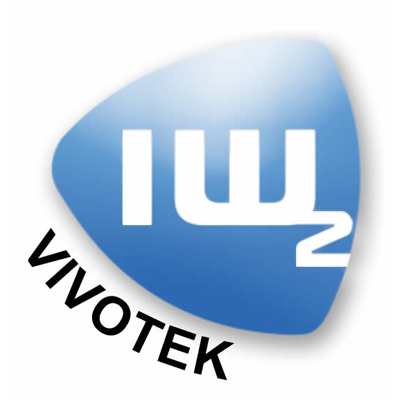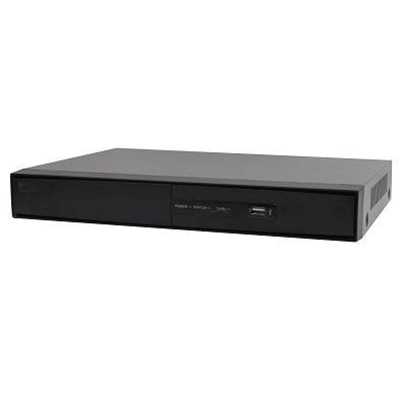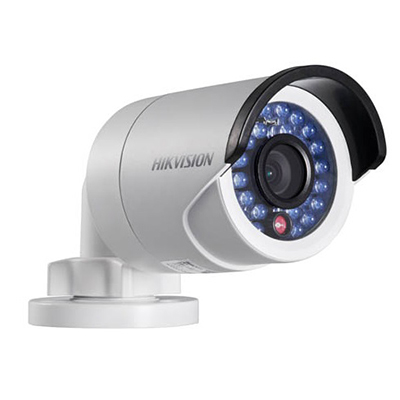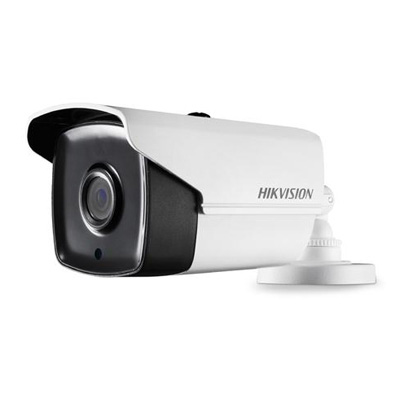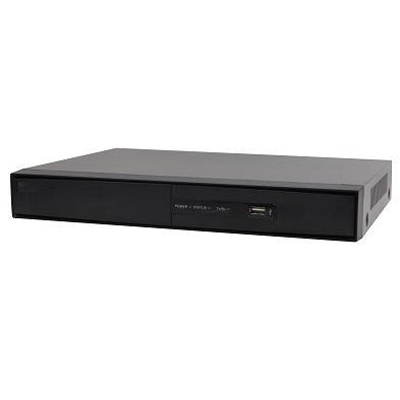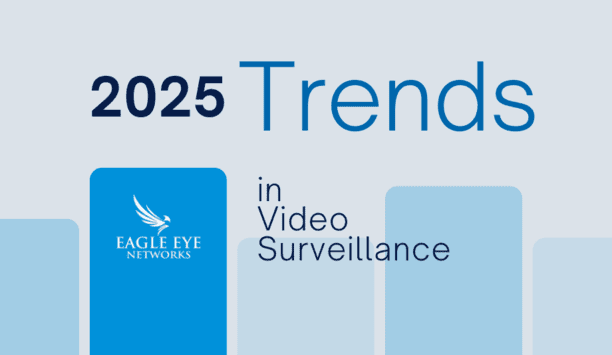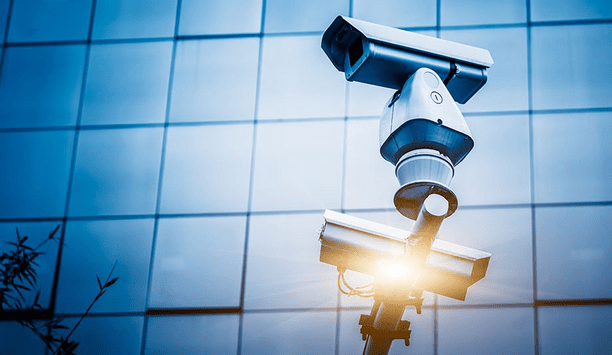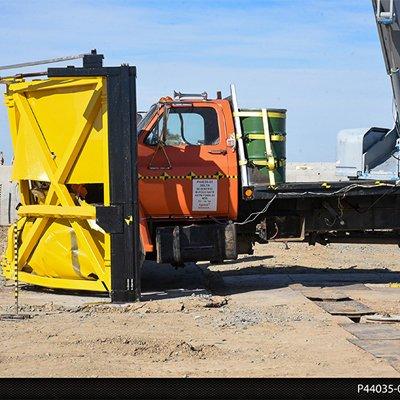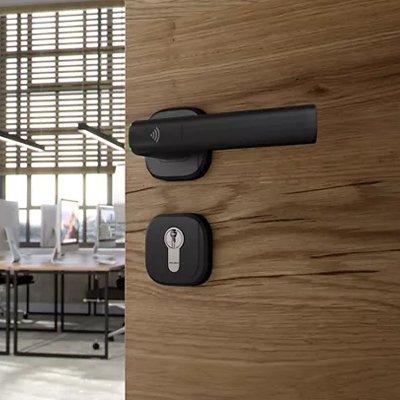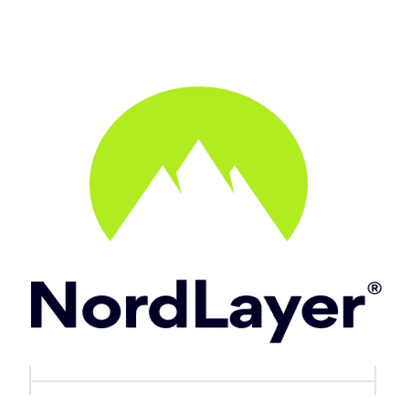Dahua Technology, a video-centric, provider of smart IoT solutions, offers a wealth of low-light technology for surveillance in dark or nighttime environments. The latest addition to their wide-ranging line of security cameras for the Dahua USA market is White-light LED Night Colour technology.
Dahua Technology USA boasts several different low-light camera models to meet a variety of needs in environments with very low ambient light. Each camera incorporates an ultra-Starlight image sensor, which has a set of optical features to balance light throughout the scene and improve the clarity of the image. Low-light cameras also utilise Smart Image Signal Processing (ISP).
Extracting useful information
“Smart ISP converts an image into digital form while performing operations that enhance the image and extract useful information. It lets the camera identify and correct imperfections caused by the lens, colour filter, or sensor,” explained Jennifer Hackenburg, senior product marketing manager at Dahua Technology USA.
Dahua’s flagship low-light standard, Starlight technology, employs large apertures (maximum f/1.6), in addition to the sensors and Smart ISP described above, to balance light throughout the scene. Together, these technologies let Starlight cameras produce richly coloured, identification-level images without distortion in illumination of 0.004 to 0.009 lux. Starlight cameras have infrared (IR) cut filters that switch to black and white mode when the camera senses that insufficient light is available to reproduce good colour images. When night mode is triggered, the filter disengages, allowing IR as well as visible illumination to reach the image sensor.
Achromatic large aperture lens
Night Colour does not require a True Day Night IR cut filter; instead it uses a high-performance sensor and ISP
The latest advancement in light sensitivity is Night Colour technology. Night Colour cameras use high-performance image sensors that generate exceptional colour images long after an IR camera would have converted to a black and white image. Night Colour does not require a True Day Night IR cut filter; instead it uses a high-performance sensor and ISP, as well as an achromatic large aperture lens, to produce crisp, clear images.
This light-sensitive technology allows the camera to capture more available light, creating full-colour images with high detail and contrast. Night Colour requires at least 1 lux of ambient or artificial light. When a visual deterrent to crime is imperative, white-light LEDs (Light Emitting Diodes), are built into Dahua’s new 4MP ePoE Night Colour Network Dome Camera (N45EJ62).
Real-time perimeter protection
Smart illumination, where the camera automatically activates the LEDs at low lux levels, adjusts exposure time and LED intensity to avoid overexposing the image. The camera performs Dahua’s Analytics+ functions at the edge for complex, real-time perimeter protection surveillance, Smart Motion Detection, and face detection. Enhanced Power over Ethernet (ePoE) extends transmission distances up to eight times over CAT5/CAT6 cables and converts existing, coax‐based analogue systems into IP systems.
“Our broad portfolio of low-light cameras gives installers and end-users a variety of options to choose from, based on their individual needs,” commented Hackenburg. “Whether low lux capabilities are most important, or you need advanced technology that enables full colour images in near-complete darkness, Dahua helps security operators see more.”









